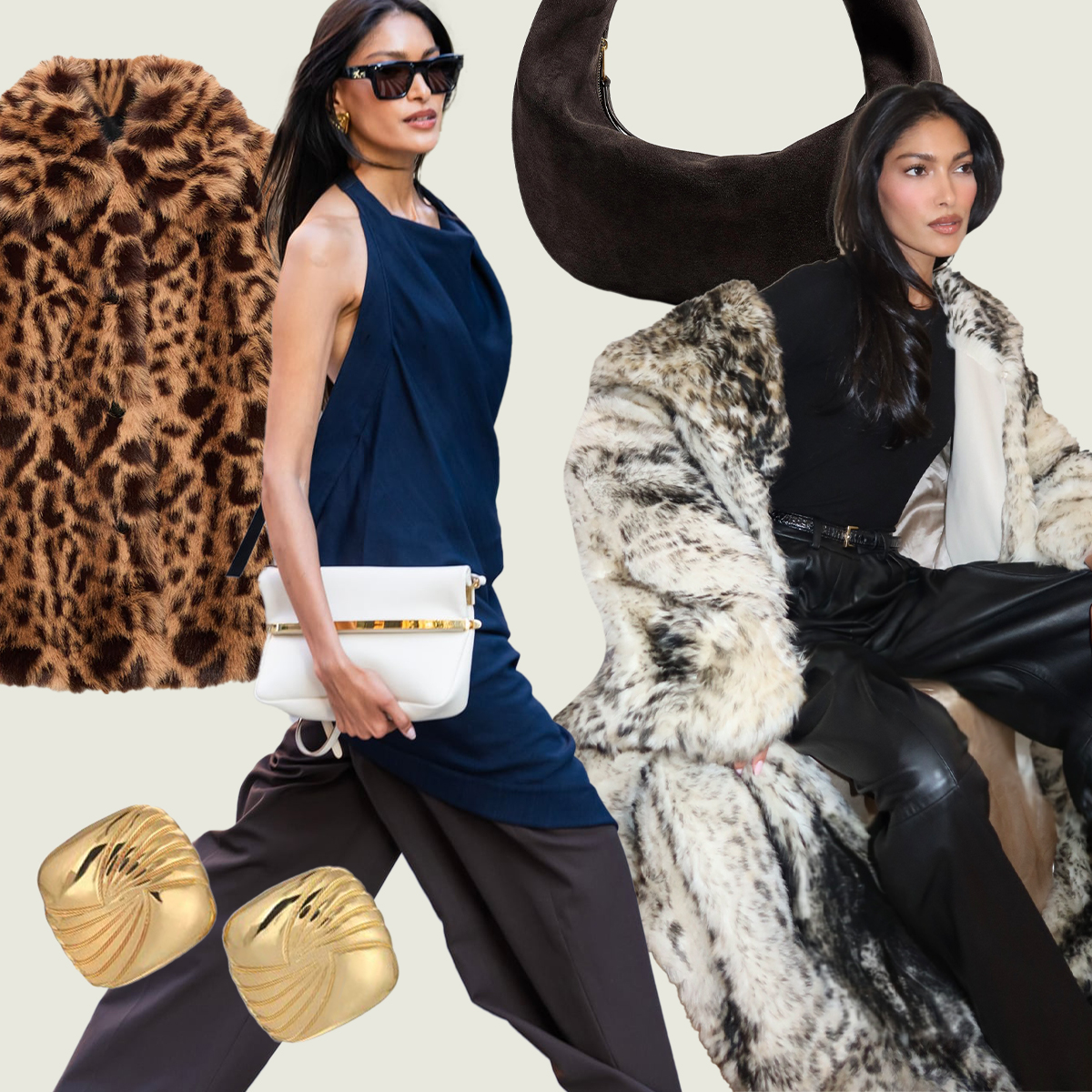Lisa Leslie Is Still an All-WNBA First Team Dresser
I sat down with the three-time MVP at Café Kallmeyer, an event hosted by Kallmeyer and Nike during the 2025 WNBA All-Star weekend.
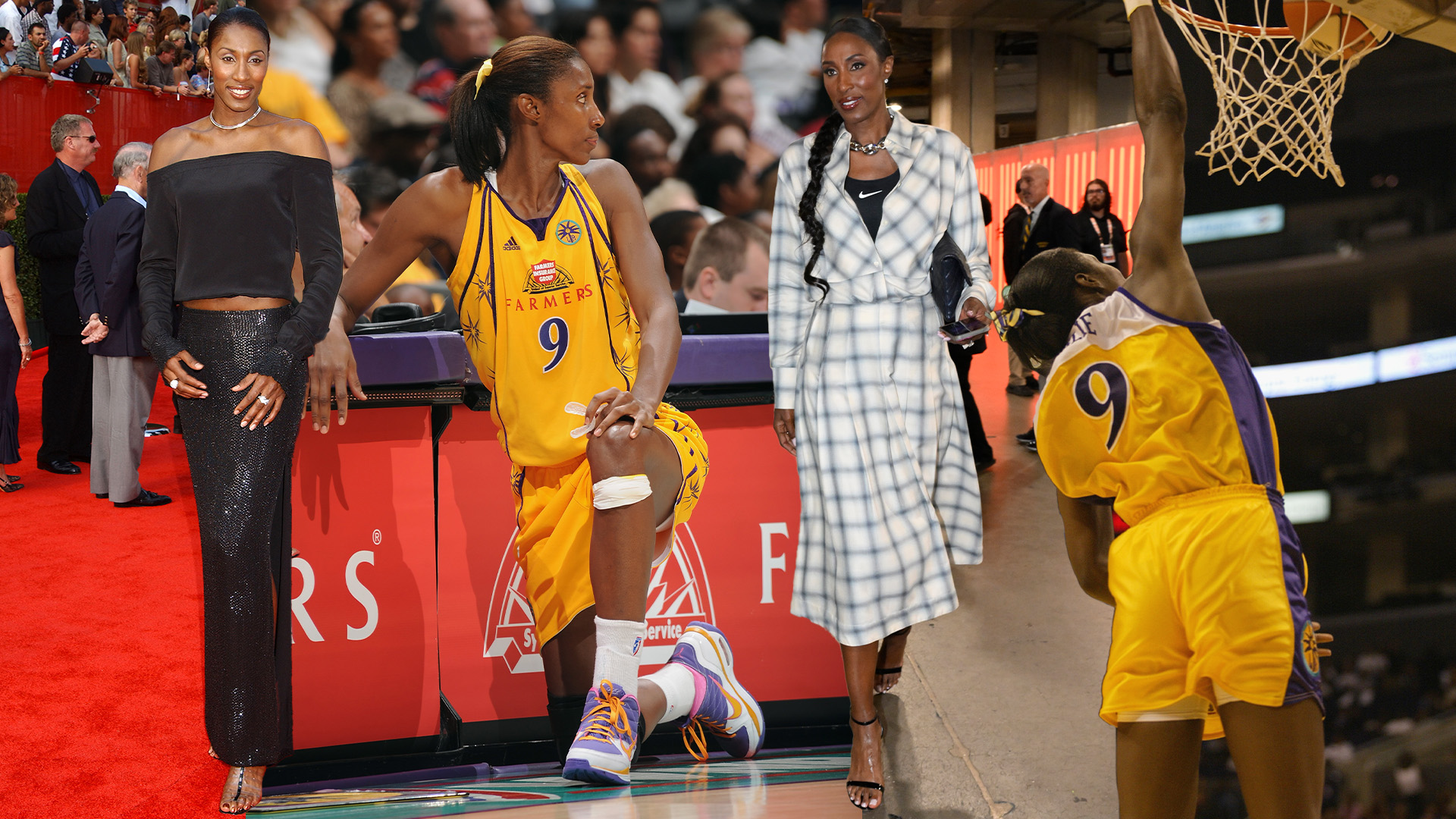
When Lisa Leslie signed on to play in the WNBA's inaugural season in 1997, there was no "tunnel" in the way the word is used now. Sure, the original eight teams arrived to games through technical tunnels underneath their respective arenas, but that's all they were. Today, the WNBA tunnel is something entirely different, and it has played a significant role in the growth of the league. When Skylar Diggins arrives in Seattle wearing Off-White, it matters. When Paige Bueckers wears Coach in the tunnel, it matters. Even the New York Liberty's head coach, Sandy Brondello, is dressed in Kallmeyer—by Daniella Kallmeyer herself—and yes, it matters. What happens on the court is important, but fashion in the WNBA is not insignificant. It's part of why brands like Off-White, Coach, and Kallmeyer now partner with the league in some way, shape, or form, bringing their audiences and offering opportunities for players to become known for more than just basketball.
Leslie understood all of this early on in her career. "If there was a tunnel walk [in the WNBA], I could probably think of about two or three players who would have been dressed to walk it," she said when I sat down with her at Café Kallmeyer in July during the 2025 WNBA All-Star weekend in Indianapolis. "Everybody else would have been like, 'How do you get around this and go around the back?'" According to the Hall of Famer, though, having a platform like the tunnel to express herself would have sparked something inside her. It would be "like you're being seen," she explained. Back then, when she would get dressed up for games and other WNBA events, people would constantly ask her where she was going. They never even considered that looking good could lead to playing well, a now-popular mantra of sorts that Leslie reminded me was coined by football legend Deion Sanders. While it didn't make sense to most people in and around the league, what's now referred to as a tunnel 'fit always clicked in her mind. "The dichotomy of playing basketball and being able to transform and change into beautiful clothes—it's like heaven to me," she said.
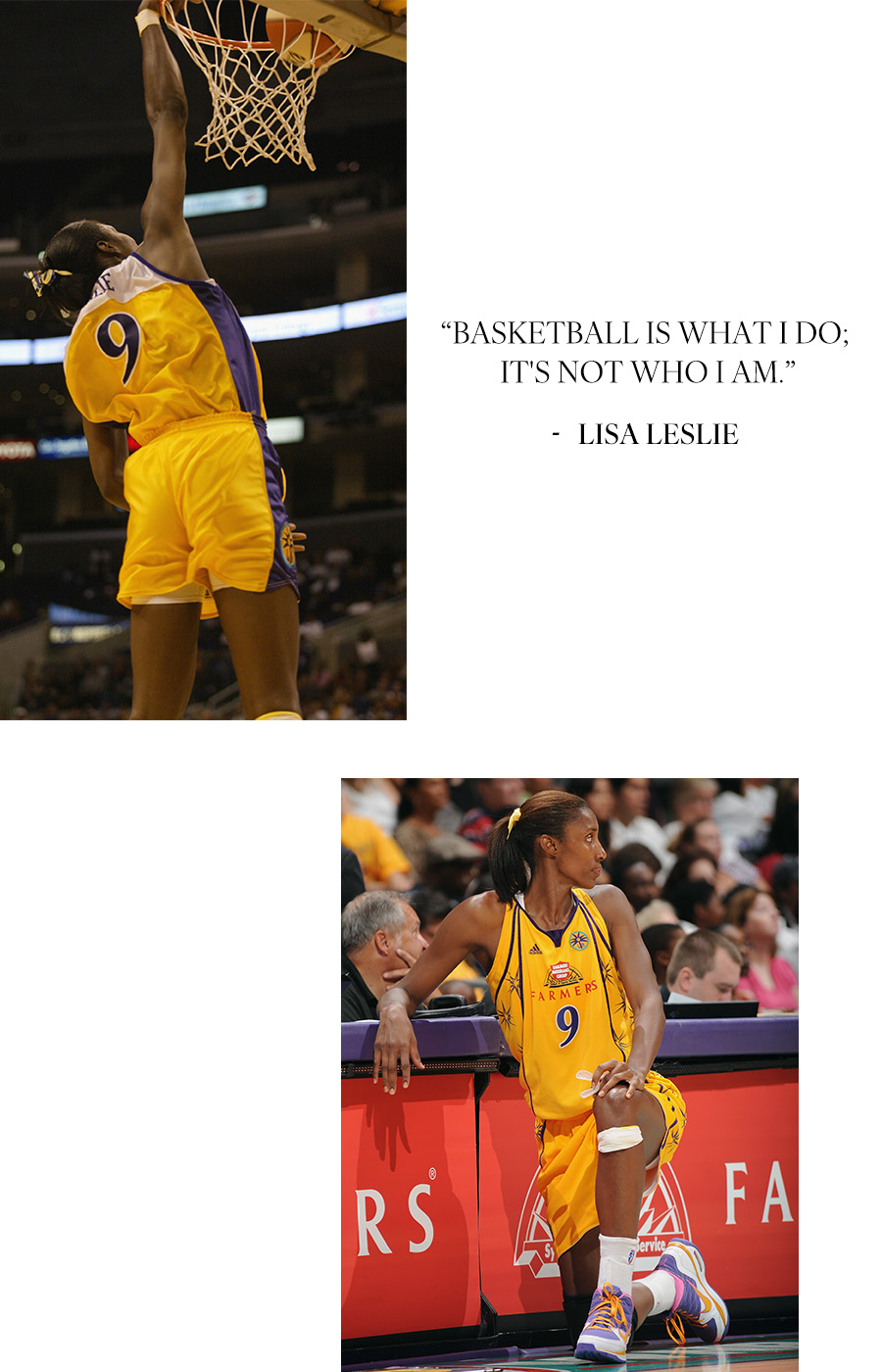
For Leslie, being identified only as a basketball player was never the goal. "I didn't want anybody to look at me and go, 'Oh, you're a basketball player, right?' I feel like that's just low-hanging fruit," she explained. "You're putting me in a box." Wearing a suit and heels allowed her to show off another side of herself that had nothing to do with the game she'd been playing since she was a little girl—with the boys, I might add.
According to Leslie, playing on an otherwise all-boys basketball team at a young age taught her how to express herself through style. "I didn't want people to think that it was 10 boys out there," she said. She wanted viewers to understand that she was different from the other players on her team. To help her stand out, she asked her mom to buy her ribbons after seeing the girls' volleyball team wearing them in their hair. She also changed her shoelaces from the standard ones to pink and yellow alternatives. "I wanted people to go, 'Oh wait, that's a girl. Wait, she just scored. She just scored again,'" Leslie explained. "That was where it started for me—[the idea] that my image mattered."
To shape her style, she looked to supermodels of the day, like Beverly Johnson and Naomi Campbell, who were tall like her. (According to Leslie, she was already 6'3'' or 6'4'' in the ninth grade, eventually reaching her current height of 6'5''.) "I loved the idea of being fashionable," she said. "But I didn't really have the money or the resources to be a high-end fashion person." Instead, she looked for ways to emulate Campbell and Johnson by shopping in the men's department, cuffing her jeans to make them interesting, tailoring oversize blazers, and cinching V-neck T-shirts at the waist with pins. "It was always in my head: How do I re-create the looks that these women had?" she said. Leslie wanted people to see how she dressed off the court and be inspired by her look and the way she presented herself with confidence and then witness how tough she was on the court. It was her dream to see these two worlds come together. It is something that might not have existed during her time in the W, but it certainly does now thanks, in part, to the groundwork Leslie laid.
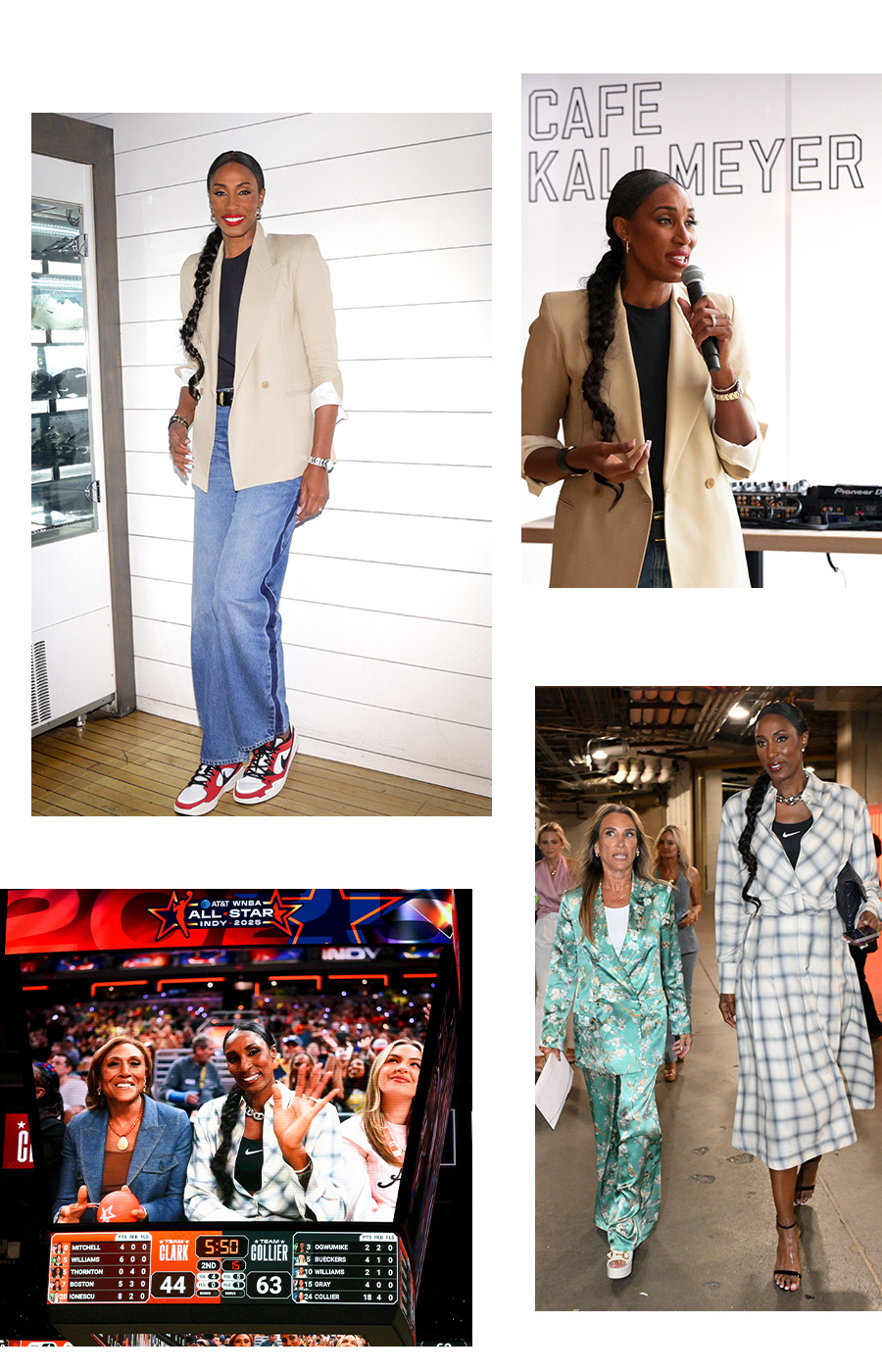
"Basketball is what I do," she told me. "It's not who I am." This mentality allowed Leslie to brand herself as an early influencer of sorts, as opposed to just an athlete. "If I have the opportunity to network with brands, if I can get a seat at the table and be articulate, be beautiful, be strong, and be one of the best, I feel like I was a triple threat," she added. Leslie was all of those things, and brands saw it. Following her final basketball game at the University of Southern California and ahead of the 1996 Olympics (the women's national team defeated Brazil 111–87 in the gold-medal game, and Leslie led her team in scoring with 29 points and six rebounds), the three-time Most Valuable Player signed with Nike, a brand she still works with to this day.
In fact, the only reason I got to speak with Leslie was because of Nike's partnership with Kallmeyer during WNBA All-Star weekend, an event specifically designed to uplift and support women's basketball players and female athletes. The two brands came together to further highlight the growing relationship between fashion and women's sports, an association that Leslie saw coming even before she went pro. According to her, the key to keeping the tide moving in the right direction—where athletes are free to express themselves in the tunnel, on the court, and even online and get paid what they're owed to do so—is to lean in. "It's time for women to support the brands that really support us," she said. "That's what we need. Support us." However, that doesn't mean new brands can't join in on the fun. "You can be late to the party. It's okay; we welcome you," she said. It's also important to her that brands buy in long-term. This isn't just a moment. "We want you to realize that we have so much power together," she added.
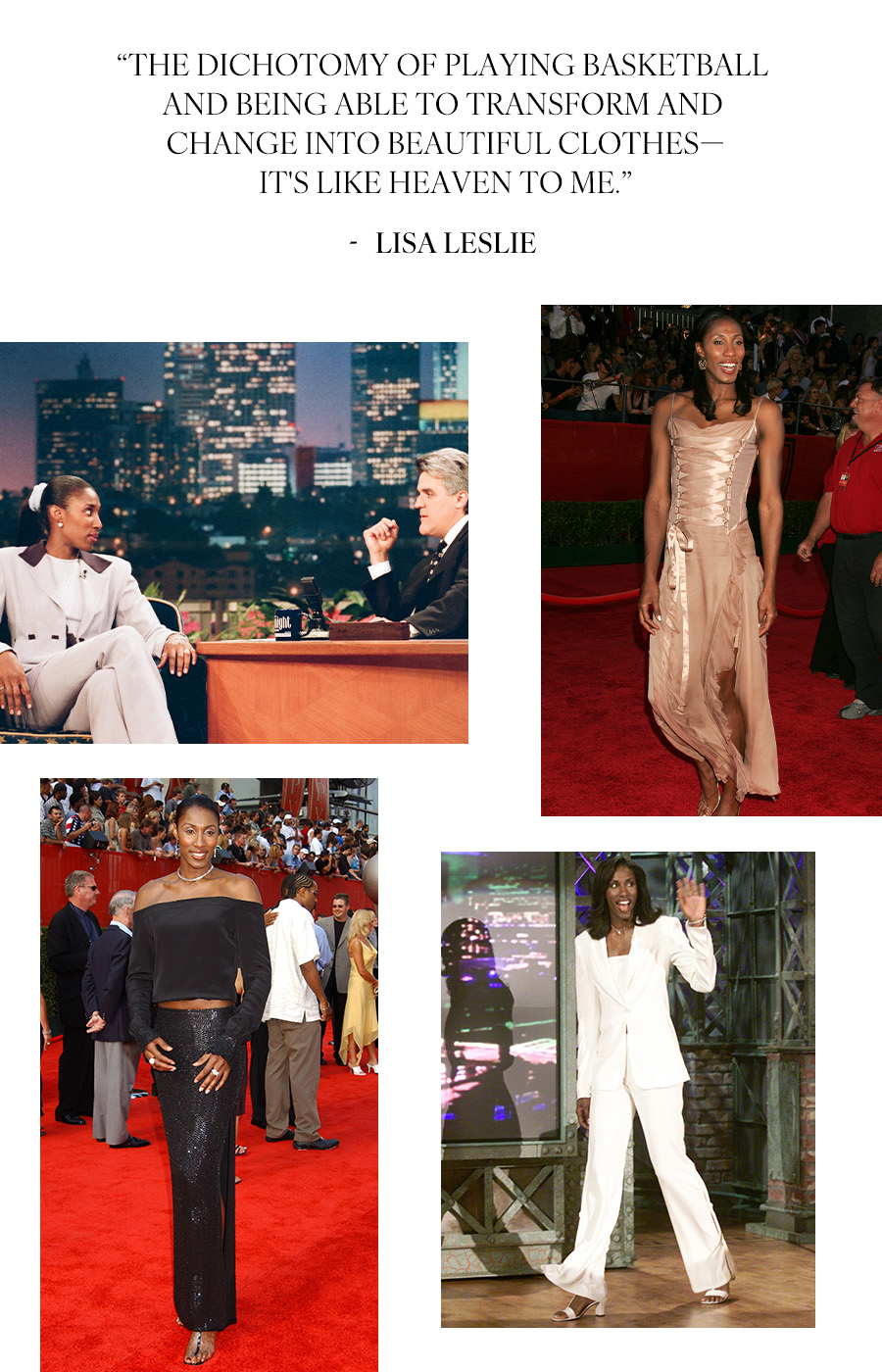
Leslie has always seen a future for the WNBA in which its players are valued for everything they do on and off the court, where everyone knew how hard they worked and how good they looked while doing it. Now, all her predictions are coming true. "I feel like the women see that now. They see the opportunity, and they're seizing it because there's a space for them to really be influencers," she said. "They're influencing the culture and moving the needle." We haven't met them yet, but as a result of today's women's basketball boom, more little girls than ever before will grow up wanting and fighting to play professionally, and they're currently seeing which brands will support them in that pursuit and how they can leverage their skills to become superstars in the league. Just wait, Leslie said. "We'll see athletes be leaders in magazines and top influencers," she told me. Not only can they show you what's cool to wear and how to wear it, but they also demonstrate what comes with dedication to a craft like basketball. "They're really good at what they do," Leslie said.
In an ideal world, Leslie would have been able to reap the benefits of fashion and the WNBA teaming up during her time in the league, but she can hopefully rest easy knowing the impact she had on this partnership getting to where it is today. She was the WNBA's original fashion person—before Diggins, Breanna Stewart, and Arike Ogunbowale. Before Cameron Brink, Nika Mühl, Rickea Jackson, and Bueckers. Leslie's interest in style and innate understanding of the possibilities that came with not only dominating on the court but also expressing herself off of it are, in large part, responsible for the W becoming the fashion mecca it is today. If she has anything to say about it, this is just the beginning of what fashion and women's basketball can do.
Eliza Huber is an NYC-based senior fashion editor who specializes in trend reporting, brand discovery, and the intersection of sports and fashion. She joined Who What Wear in 2021 from Refinery29, the job she took after graduating with a business degree from the University of Iowa. She's launched two columns, Let's Get a Room and Ways to Wear; profiled Dakota Fanning, Diane Kruger, Katie Holmes, Gracie Abrams, and Sabrina Carpenter; and reported on everything from the relationship between Formula One and fashion to the top runway trends each season. Eliza lives on the Upper West Side and spends her free time researching F1 fashion imagery for her side Instagram accounts @thepinnacleoffashion and @f1paddockfits, watching WNBA games, and scouring The RealReal for discounted Prada.
-
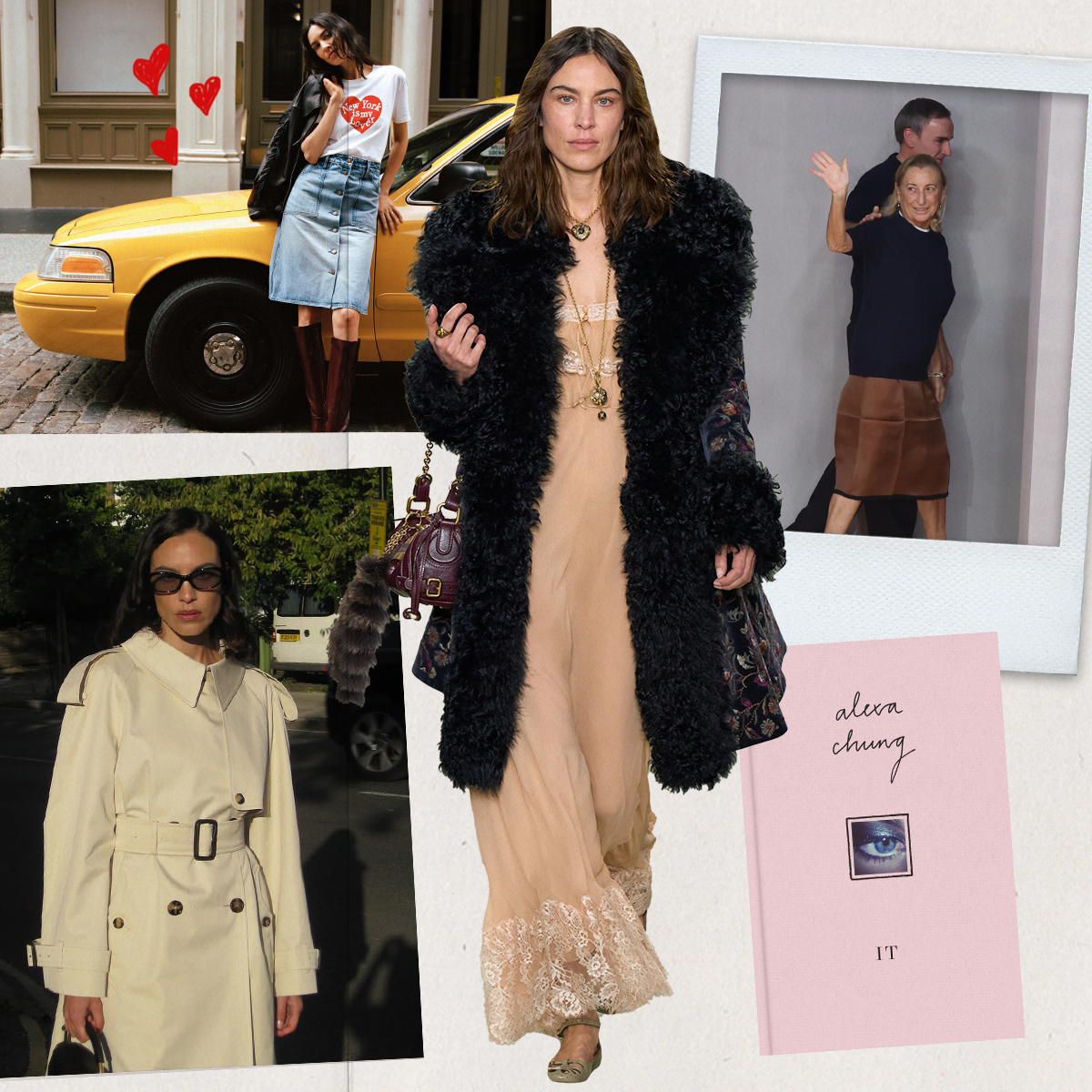 Alexa Chung's World: Her Best-Selling Madewell Collab, Personal Style Icons, and Spiciest Fashion Takes
Alexa Chung's World: Her Best-Selling Madewell Collab, Personal Style Icons, and Spiciest Fashion TakesPlus, what she's reading and listening to and her favorite spots in London.
-
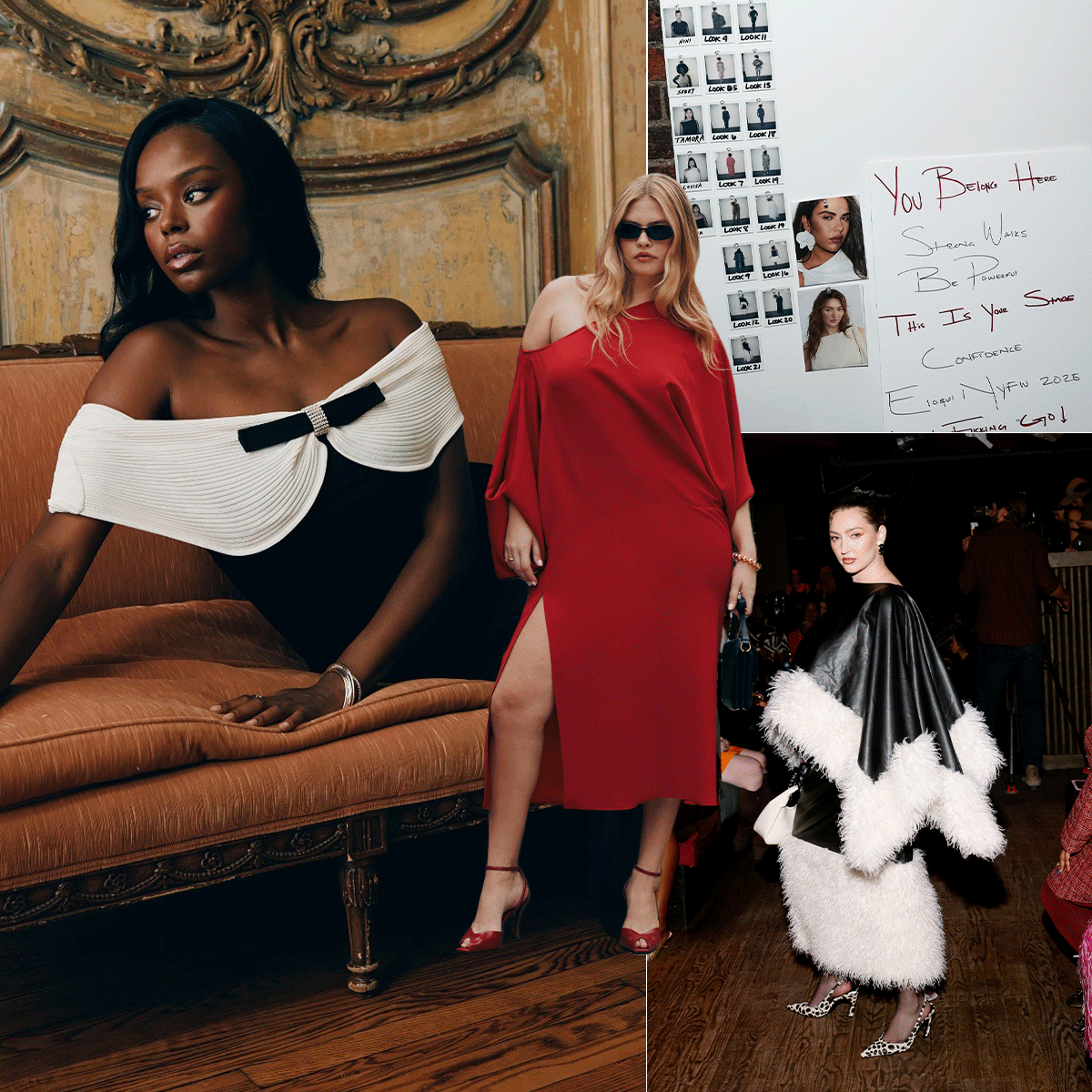 In a World of Shrinking Size Inclusivity, Eloquii Stands Larger Than Ever
In a World of Shrinking Size Inclusivity, Eloquii Stands Larger Than EverWelcome to the Eloquiissance.
-
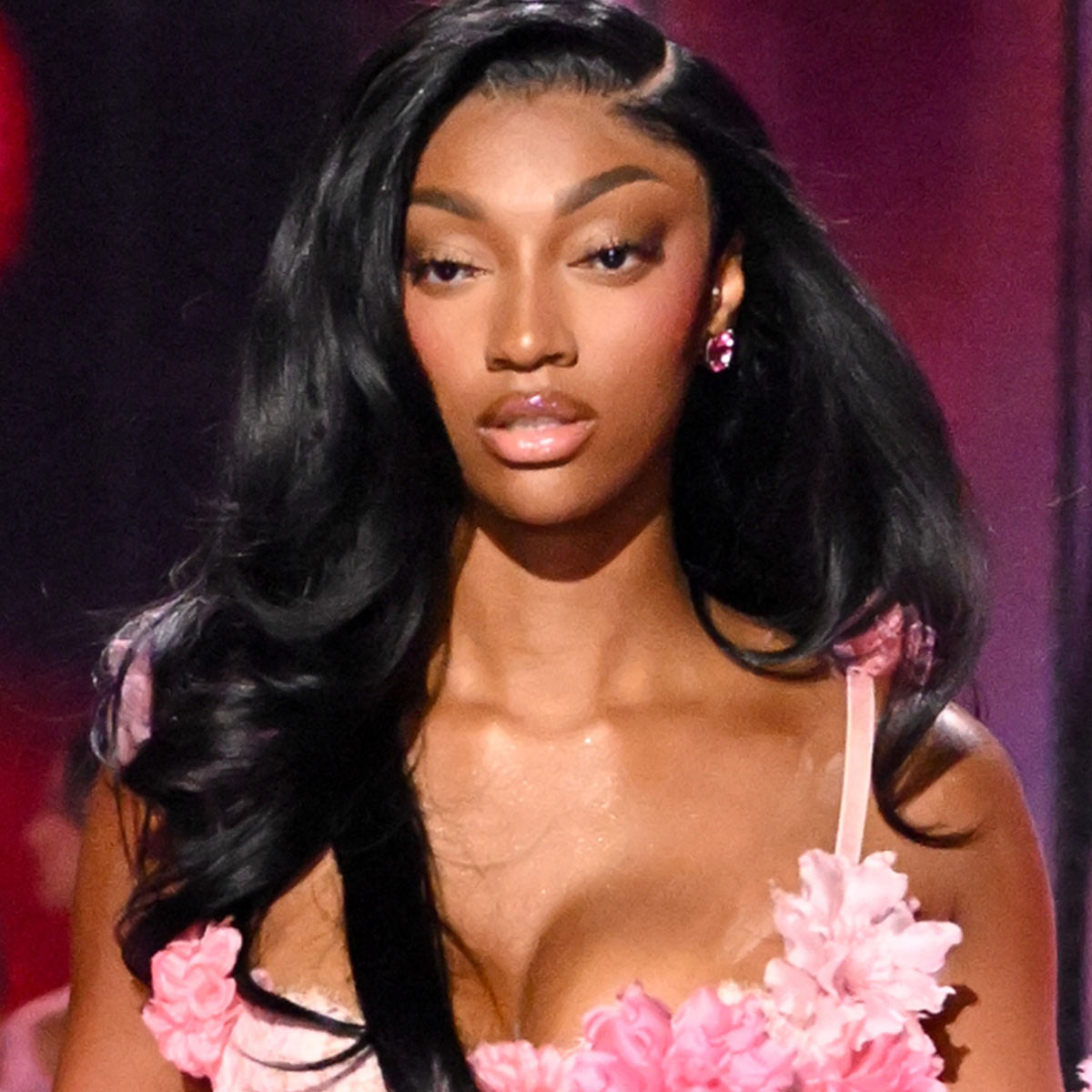 From Bayou Barbie to Victoria's Secret Model: Angel Reese Gets Her Wings
From Bayou Barbie to Victoria's Secret Model: Angel Reese Gets Her WingsWatch her make history alongside Olympic gold medalist Suni Lee at the 2025 Victoria's Secret Fashion Show.
-
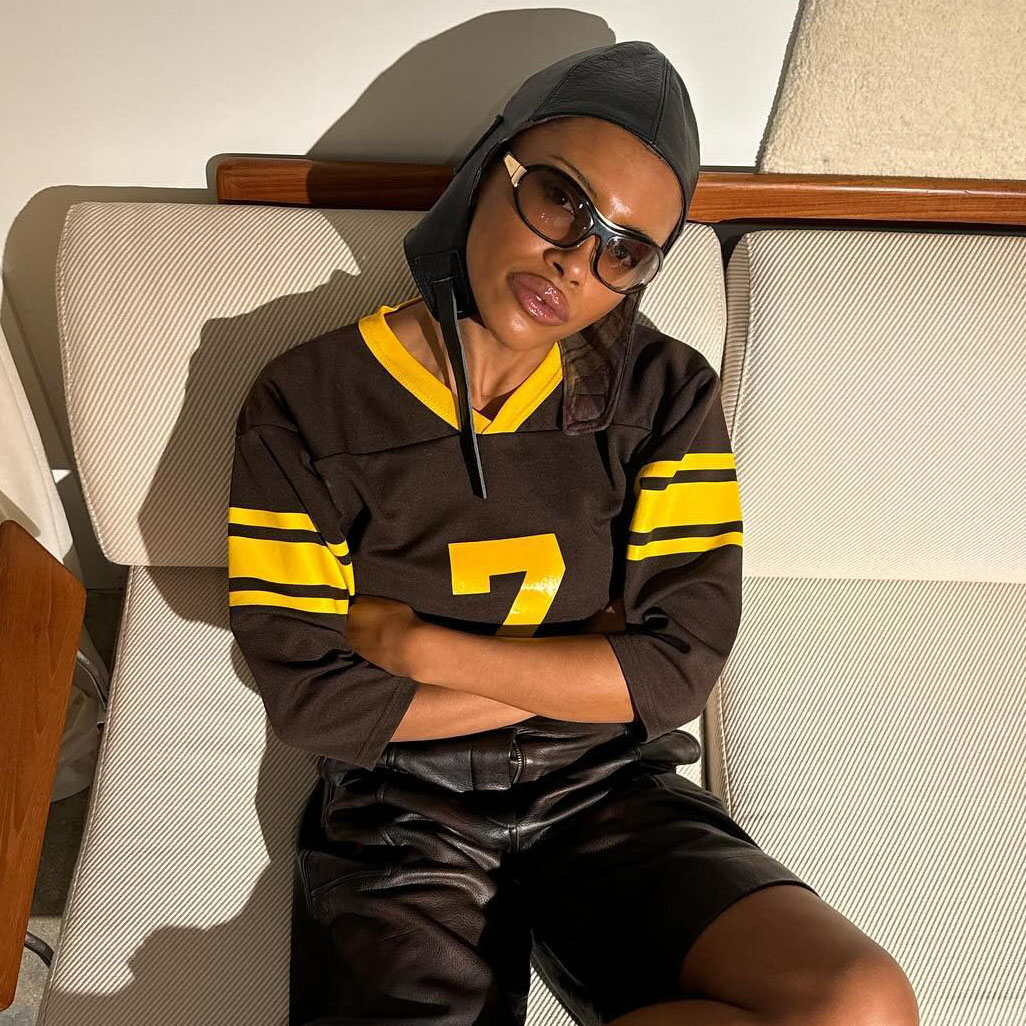 I Don't Watch Sports, But I'm Stealing These Jersey Outfit Trends From the Stands
I Don't Watch Sports, But I'm Stealing These Jersey Outfit Trends From the StandsThe easiest way to look cool and laid-back.
-
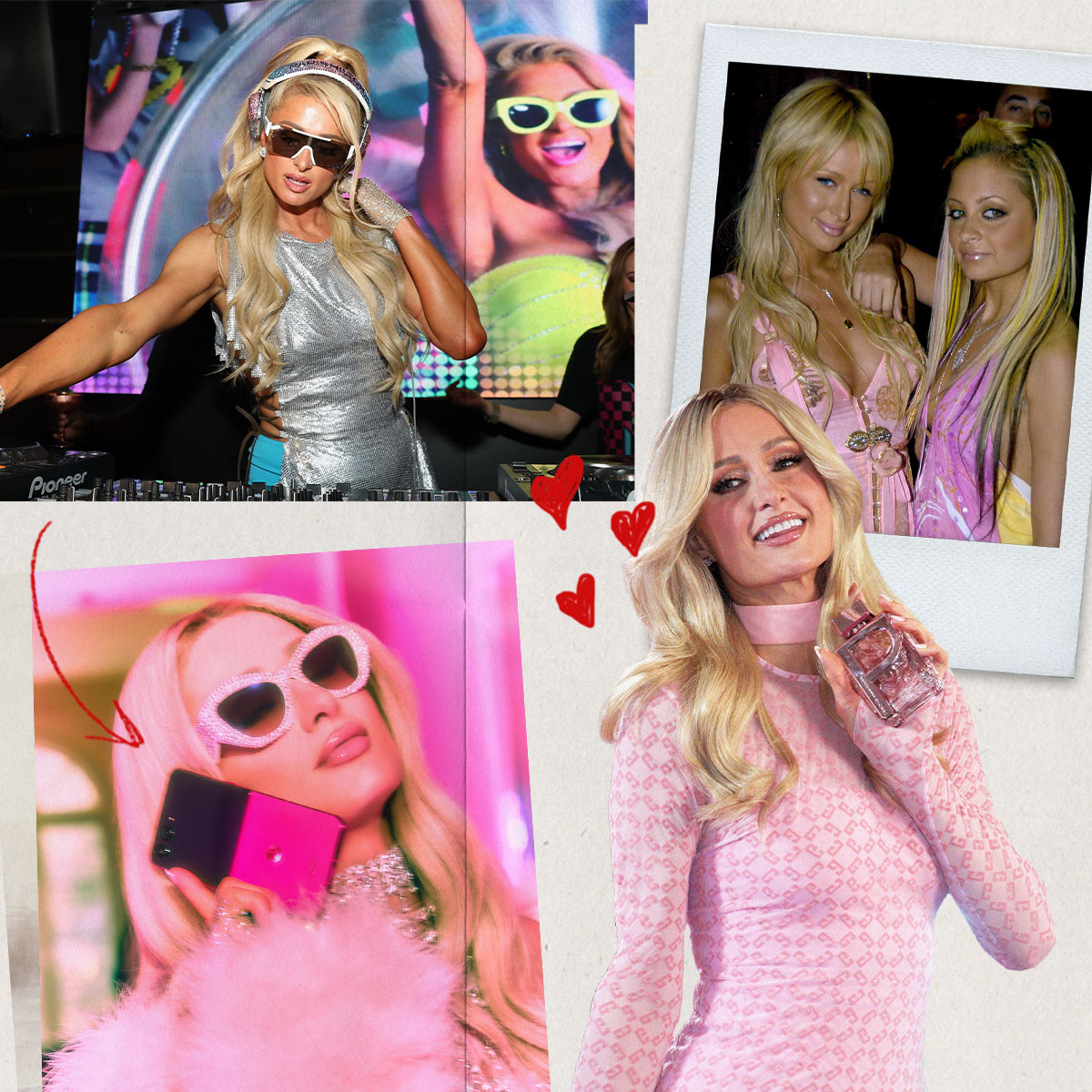 Paris Hilton's World: Her Pink Motorola Razr, Favorite Y2K Looks, and What 11:11 Media Means to Her
Paris Hilton's World: Her Pink Motorola Razr, Favorite Y2K Looks, and What 11:11 Media Means to HerA glimpse into the life of this savvy entrepreneur.
-
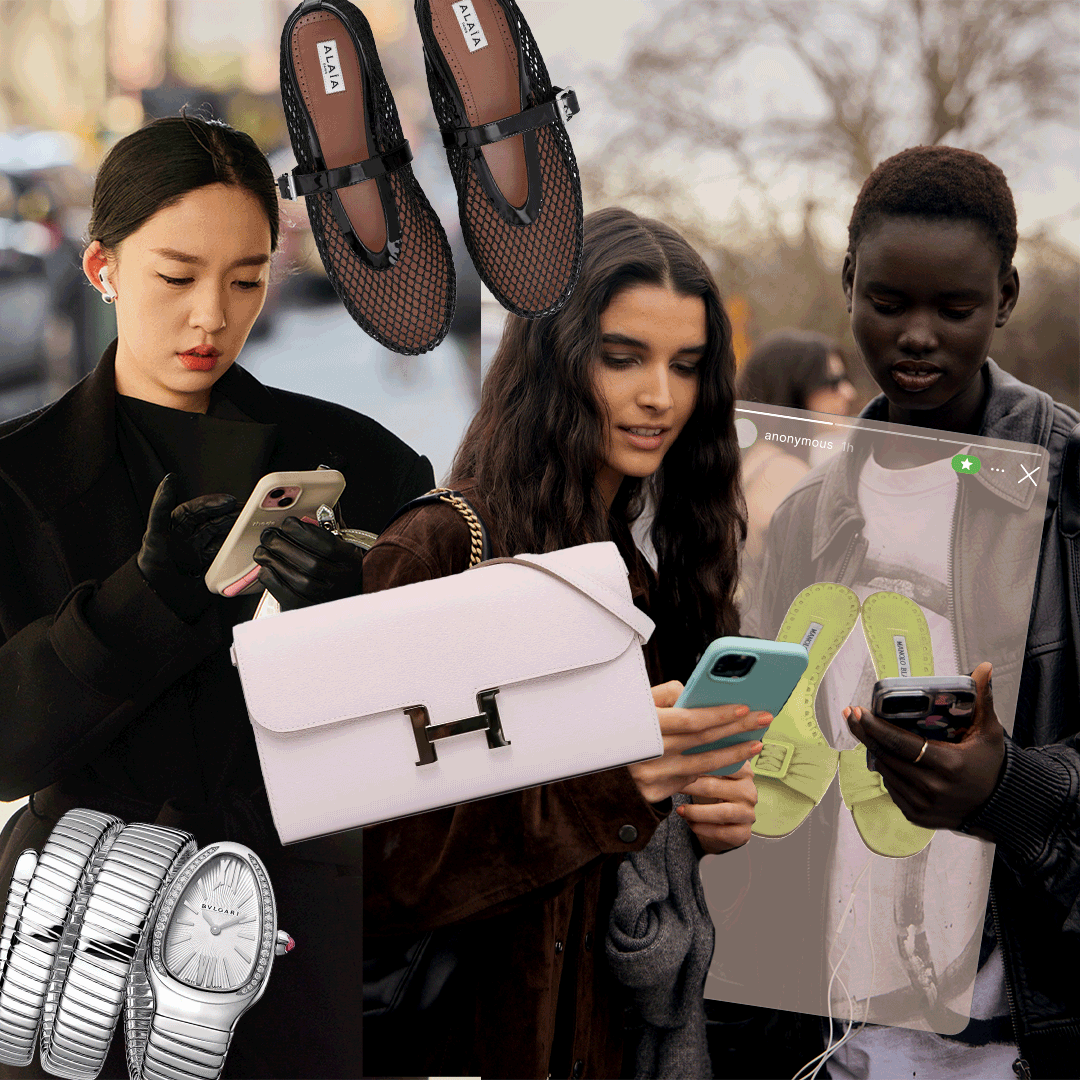 The New Elite Way to Shop Is Off the Grid and Invite Only
The New Elite Way to Shop Is Off the Grid and Invite OnlyIf you know, you know.
-
 What Do Women *Actually* Want to Wear? These Danish Designers Have the Answer
What Do Women *Actually* Want to Wear? These Danish Designers Have the AnswerMeet the female-focused teams making a change.
-
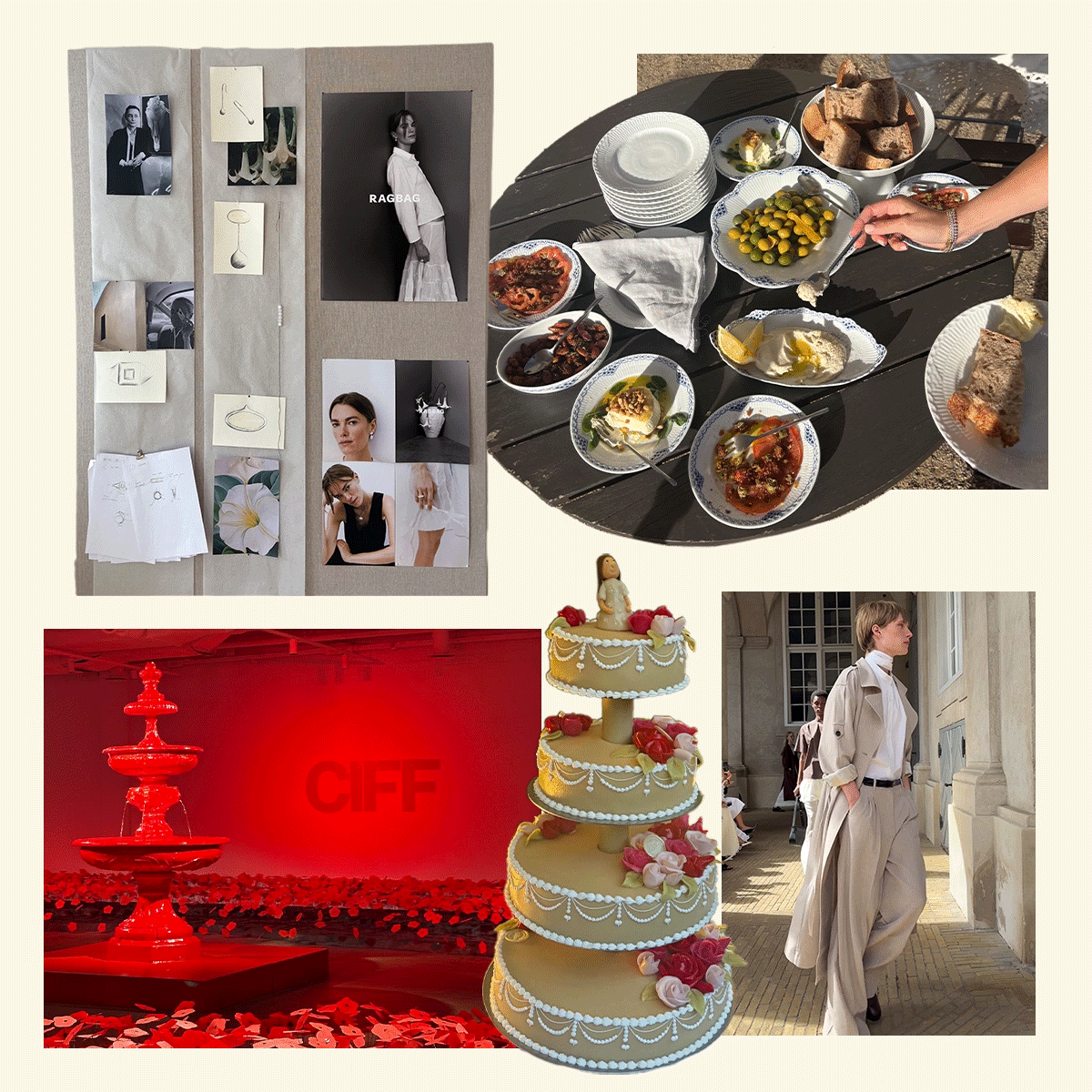 Scandi Style, Unfiltered: An Editor's Dispatch From Copenhagen Fashion Week
Scandi Style, Unfiltered: An Editor's Dispatch From Copenhagen Fashion WeekThe Danes do it better.
